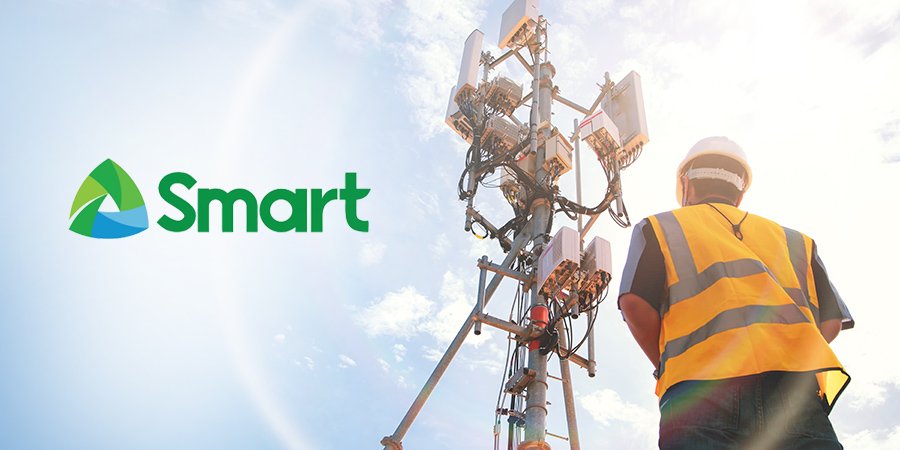Smart Communications, Inc. has recently embraced a cutting-edge 'green radio' network solution as part of its commitment to sustainability and operational efficiency. This innovative approach will revolutionize all of its wireless radio sites, introducing environmentally friendly practices while enhancing network performance.
By implementing this solution, Smart aims to reduce energy consumption and carbon dioxide emissions across its network infrastructure. Moreover, the adoption of this technology aims to not only minimize environmental impact but also reduce costs at the company's wireless radio sites. This strategic move underscores Smart's dedication to both environmental stewardship and economic viability in the telecommunications sector.
Eco-Friendly AI Solution
The recently deployed solution integrates intelligent and automated features, including shutdowns, sleep modes, and adaptive power management tailored to traffic consumption. Additionally, it optimizes radio power across multiple layers, offering Smart Communications the opportunity to significantly reduce energy costs.
The solution, piloted nationwide in 2023, allows Smart to remotely and automatically modify capacity and power consumption according to the current load conditions. It is also radio coverage sensitive, ensuring network availability and scalability as consumption increases.
“Our green radio innovation is proven to harness artificial intelligence to track activity on our network so that we can reduce the power consumption of our cell sites whenever they are not being fully utilized. Combined with Smart's Self-Organizing Network (SON), this also enables us to adjust the capacity of the cell sites as needed to support data traffic,” said Radames Zalameda, Head of Network Quality, PLDT and Smart.
Over the past year, the implementation of this solution has led to a noteworthy reduction in Smart's power consumption by approximately 10,900 megawatt-hours (MWh). To put this into perspective, this reduction is equivalent to the greenhouse gas emissions produced by over 1,690 gasoline-powered vehicles operating for a year. Alternatively, it equals the carbon dioxide emissions resulting from the electricity usage of 920 homes over the span of a year. This substantial decrease underscores Smart's dedication to environmental sustainability and signifies a significant step towards mitigating its carbon footprint.
“This initiative is a testament to PLDT's longstanding commitment to embed sustainability practices into our operations as part of our drive to reach our sustainability goals, while delivering leveled-up services to our customers nationwide,” said PLDT and Smart Network Head, Butch Jimenez.
Smart's sustainability initiatives exemplify the company's steadfast commitment to bridging the digital divide and fostering connectivity throughout the nation. By championing these initiatives, Smart not only supports the United Nations Sustainable Development Goals (SDGs) but also specifically contributes to SDG No. 9—Industry, Innovation, and Infrastructure. Through innovative approaches and investments in sustainable infrastructure, Smart endeavors to create a more inclusive digital landscape, empowering communities and driving economic growth.





